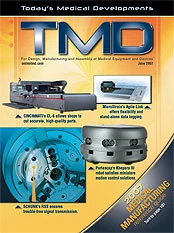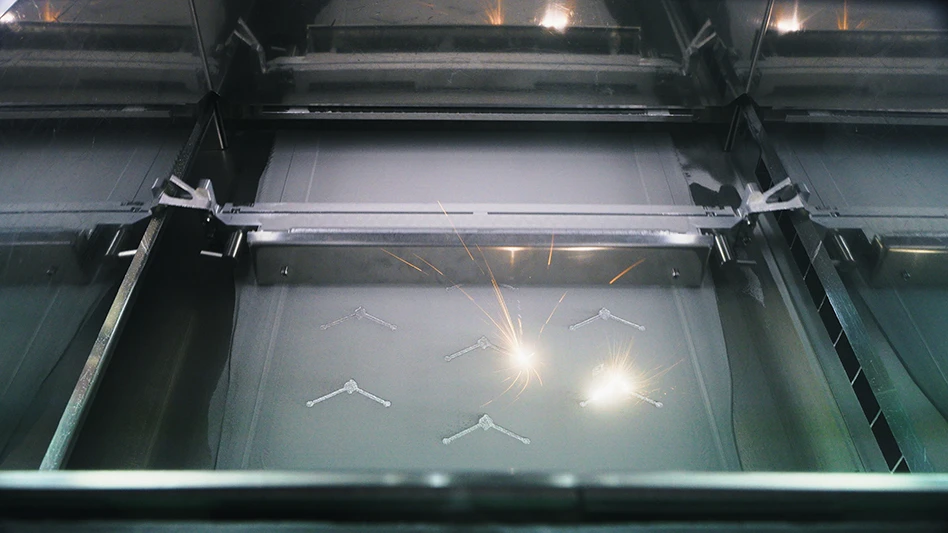
The University of Nottingham has developed a new technology that could save the lives of unborn children. This new device, which is the size of a mobile phone, monitors a baby's heart, detecting any signs of potential danger.
This device is small and easy to use, allowing future mothers to regularly check on their baby's heartbeat without having to check into a hospital, and without having to be attached to a machine. To date, no other technology allows mothers to do this.

As well as spotting potential complications, this new monitor provides reassurance and mother-baby bonding.
Fifteen years of work and enterprise, along with funding from Action Medical Research and Venture Capital, went into developing the fetal heart monitor. The original research for this monitor was carried out by Dr. John Crowe and Dr. Barrie Hayes-Gill in the School of Electrical and Electronic Engineering (EEE), and by Professor David James and Dr. Margaret Ramsay in the School of Human Development. In 2005, the technology was spun out in order to create Monica Healthcare Ltd.
This tiny fetal monitor allows doctors to read signals produced naturally by the unborn baby's heart. They can then intervene if necessary, potentially saving the baby's life. This highly sensitive device is able to detect 0.00000001V and can compute real-time fetal readings. The resulting data can be transmitted by wireless technology to the nearest PC or hand-held computer.
One of the biggest challenges when developing the fetal monitor was separating the baby's heartbeat from the mother's signal. The research team overcame this obstacle and created a state-of-theart device that can gauge both heart rate and fetal position. With early detection of potential problems in unborn babies and with the monitoring of expectant mothers in their homes, the research team is hopeful that the device could relieve the pressure of in-patient hospital stays and reduce hospital costs.

Explore the June 2007 Issue
Check out more from this issue and find your next story to read.
Latest from Today's Medical Developments
- HERMES AWARD 2025 – Jury nominates three tech innovations
- Vision Engineering’s EVO Cam HALO
- How to Reduce First Article Inspection Creation Time by 70% to 90% with DISCUS Software
- FANUC America launches new robot tutorial website for all
- Murata Machinery USA’s MT1065EX twin-spindle, CNC turning center
- #40 - Lunch & Learn with Fagor Automation
- Kistler offers service for piezoelectric force sensors and measuring chains
- Creaform’s Pro version of Scan-to-CAD Application Module





